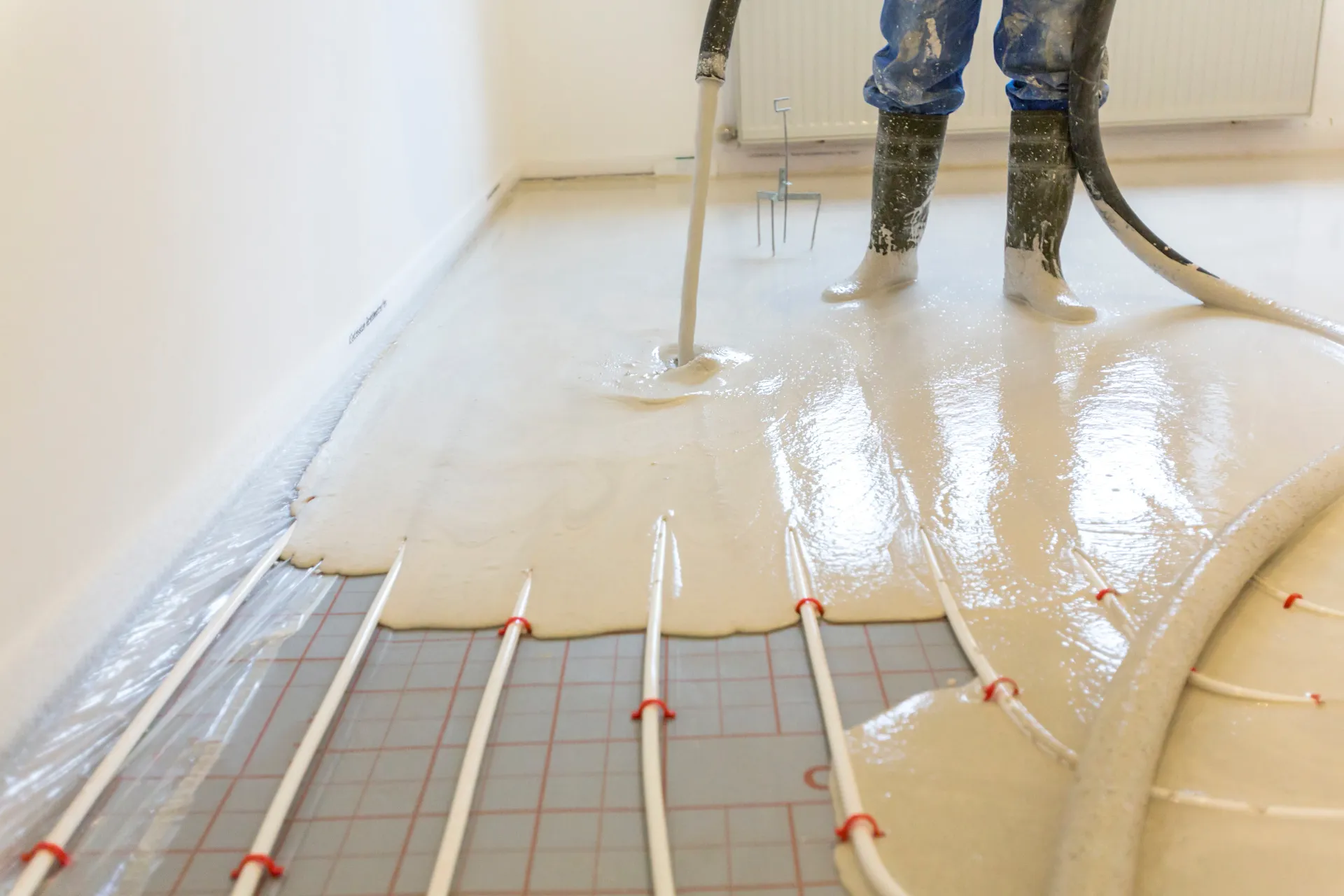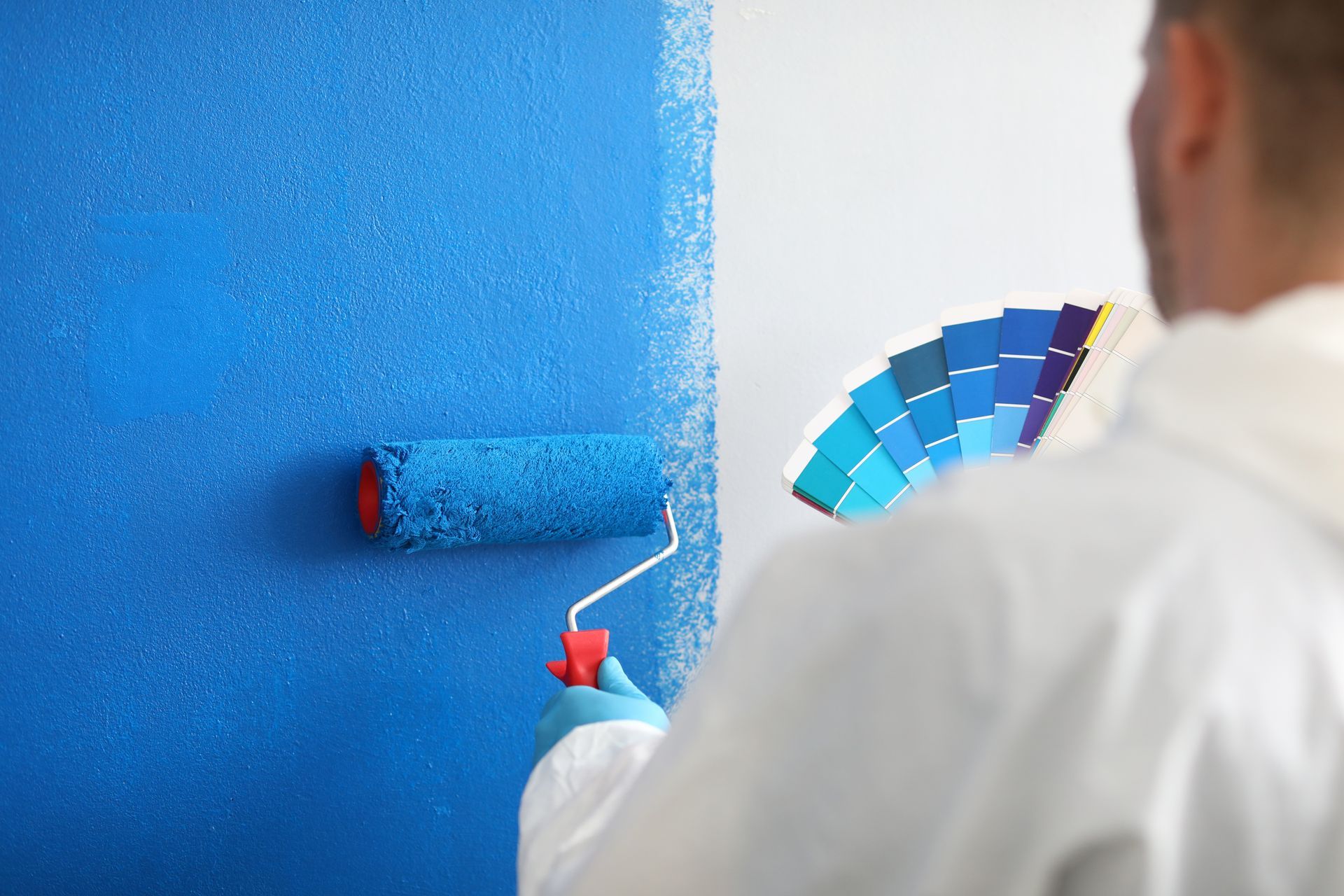Safety First: Handling On-Site Injuries of a Handyman on Your Property

When it comes to home improvement projects, safety should always be the top priority. While hiring a handyman to take care of repairs, renovations, or maintenance tasks can make life easier for homeowners, it's important to recognize that these projects come with inherent risks.
From working at heights to handling power tools and navigating hazardous materials, handymen face a variety of potential dangers while on the job. In this comprehensive guide, we'll dive into the importance of prioritizing safety and outline actionable steps homeowners can take to ensure the well-being of both their property and the handymen working on-site
Understanding the Risks
Home improvement projects often involve tasks that carry inherent risks. Whether it's climbing ladders to reach high places, operating heavy machinery, or handling sharp tools, handymen are exposed to potential hazards every day. While professional handymen are trained to mitigate these risks and prioritize safety, accidents can still occur unexpectedly.
Understanding the potential risks involved in home improvement projects is the first step toward creating a safer work environment for handymen.
Preventative Measures
As homeowners, there are several proactive steps you can take to promote safety on your property before the handyman arrives. Start by clearing clutter and removing obstacles from work areas to minimize tripping hazards. Secure pets in a separate area to prevent them from interfering with the handyman's work or getting injured themselves.
Make sure the work area is well-lit and properly ventilated, especially if it involves using chemicals or
paints. Additionally, ensure that the handyman has access to essential safety equipment, such as protective eyewear, gloves, and respirators, to minimize the risk of injury.
Immediate Response
In the event of an on-site injury, it's essential for homeowners to remain calm and act swiftly to address the situation. If a handyman is injured, assess the severity of the injury and provide immediate assistance as needed. This may include administering first aid, calling emergency services, or transporting the injured individual to a medical facility for further treatment.
Remember to prioritize the well-being of the injured handyman and follow any instructions provided by medical professionals. It's crucial to document the incident thoroughly for insurance and legal purposes, especially in professions like general contracting, home services, home remodeling, electrical work, and home maintenance.
Documentation and Reporting
Upon addressing the immediate needs of the injured handyman, it is imperative to thoroughly document the incident for insurance and legal purposes. This documentation should encompass vital details like the accident's date, time, and location, as well as any contributing factors or witnesses present.
Capturing photographs of the scene, if possible, can serve as valuable visual evidence to support insurance claims or legal proceedings. Additionally, reporting the incident to relevant authorities or agencies is essential, as mandated by local regulations.
As a general contractor providing home services, including home remodeling, electrical work, and home maintenance, ensuring comprehensive documentation and reporting practices is integral to upholding safety standards and protecting both workers and clients.
Communication and Support
Open and transparent communication is essential when dealing with on-site injuries involving a handyman. Notify the handyman's employer or contracting company promptly and provide them with detailed information about the incident.
Express concern and offer support to the injured individual, including assistance with medical expenses or accessing resources for rehabilitation if necessary. Demonstrating empathy and compassion can help alleviate stress and foster a positive resolution for all parties involved.
Review and Prevention
Once the immediate crisis has been addressed, take the time to review the circumstances surrounding the injury and identify any underlying causes or areas for improvement. Engage in constructive dialogue with the handyman and their employer to discuss ways to prevent similar incidents in the future.
This may involve implementing enhanced safety protocols, providing additional training, or reassessing project requirements to minimize risks. By learning from past experiences and taking proactive measures, homeowners can help prevent accidents and promote a safer work environment for handymen on their property.
Conclusion
In conclusion, safety should always be the top priority when hiring a handyman to work on your property. By taking proactive measures to minimize risks, responding promptly to on-site injuries, and fostering open communication and support, homeowners can ensure the well-being of both their property and the handymen working on-site.
Remember, accidents can happen, but with proper precautions and preparation, they can be effectively managed and prevented, allowing home improvement projects to proceed smoothly and safely.
Elevate Your Home with Miller Consulting: Your Reliable Handyman Service in Millsboro, DE and Beyond
Ready to ensure safety on your property during home improvement projects? Look no further than Miller Consulting, your trusted partner in Millsboro, DE, and beyond. Whether you're planning a bathroom remodel, home restorations, or any other home improvement project, our team prioritizes safety while delivering top-notch workmanship and superior service.
At Miller Consulting, we understand the importance of protecting both your property and the handymen working on-site. Our commitment to safety is reflected in our meticulous attention to detail and adherence to best practices in the industry.
Located in the
heart of Millsboro, DE, Miller Consulting serves the surrounding areas, including Bethany, Dagsboro, Milford, and Rehoboth. With years of experience in home repair and carpentry, our local handymen are dedicated to promoting safety and ensuring a secure environment for every project.
Ready to prioritize safety in your home improvement projects?
Contact Miller Consulting today to get a quote for your upcoming project. Let us be your trusted partner in creating a safer and more secure environment for your property and everyone involved.
Frequently Asked Questions (FAQs) - Handling On-Site Injuries of a Handyman on Your Property
1. What should I do if a handyman is injured while working on my property?
f a local handyman sustains an injury on your property while performing handyman services, your first priority should be to ensure their safety and well-being. Assess the severity of the injury and provide immediate assistance as needed. This may include administering first aid, calling emergency services, or transporting the injured individual to a medical facility for further treatment.
2. Am I liable for injuries sustained by a handyman on my property?
Homeowners may be liable for injuries sustained by a handyman on their property if the injury was caused by negligence or unsafe conditions that the homeowner failed to address. However, liability can vary depending on factors such as the nature of the injury, the circumstances surrounding the accident, and local laws and regulations. It's essential to consult with legal experts to understand your rights and responsibilities in such situations.
3. What steps should I take to document the incident?
After addressing the immediate needs of the injured handyman, it's crucial to document the incident thoroughly for insurance and legal purposes. Record details such as the date, time, and location of the accident, as well as any contributing factors or witnesses present. Take photographs of the scene if possible, as visual evidence can be valuable for insurance claims or legal proceedings. Additionally, report the incident to the relevant authorities or agencies as required by local regulations.
4. Should I notify the handyman's employer or contracting company about the injury?
Yes, it's important to notify the local handyman's employer or contracting company promptly and provide them with detailed information about the incident. This allows the employer to initiate any necessary procedures for reporting and addressing the injury, including providing support to the injured individual and initiating an investigation into the circumstances surrounding the accident.
5. How can I support the injured handyman during their recovery?
Express concern and offer support to the injured handyman, including assistance with medical expenses or accessing resources for rehabilitation if necessary. Demonstrating empathy and compassion can help alleviate stress and foster a positive resolution for all parties involved. Additionally, maintain open communication with the injured individual and their employer to stay informed about their progress and any ongoing needs they may have.










